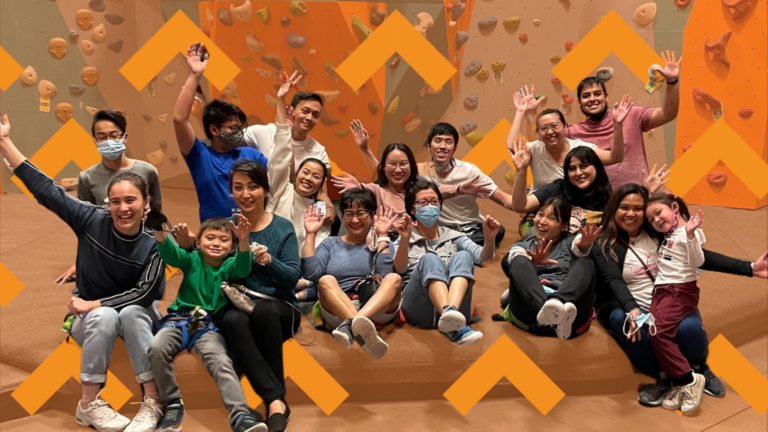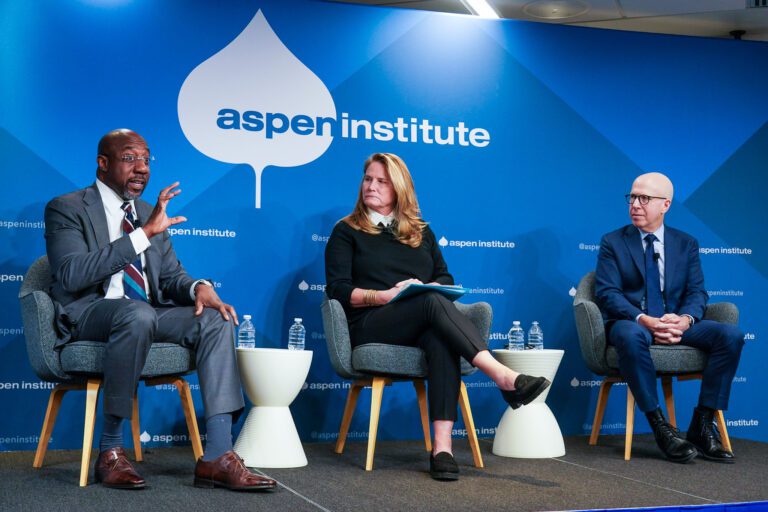Family Literacy””An Essential 2-Gen Strategy
Family literacy is a critical instructional approach for providing intergenerational programming within the context of the family. It can be used as a vehicle for developing literacy, leadership, multicultural understanding, and self-efficacy. Despite the demise of Even Start, a small, yet vibrant community of family literacy programs continues to provide educational opportunities and supports to families that may not otherwise have access to them. Recognizing the importance of serving families that are working to improve their futures, the Goodling Institute for Research in Family Literacy sought to better understand the resilency of this community.
In January 2017, the Goodling Institute published a paper that revisits family literacy programming in the United States. Goodling staff contacted all fifty states and the District of Columbia to learn about their efforts to fund family literacy programs with Workforce Innovation and Opportunity Act Title II funding, also known as Adult Education and Family Literacy Act (AEFLA). In 2015-16, 11 states and the District of Columbia continued to fund family literacy primarily with AEFLA and state funding. Goodling staff also surveyed local programs, many of which operate outside of these 11 states and D.C. and found that more than 67% (n=87) never received Even Start monies.
The belief in the importance of family literacy was reinforced by state representatives we contacted. Several reported that programs increase academic skills and opportunities for children and the investment is seen as a poverty reduction strategy. Research backs up this belief—providing early childhood experiences that involve parent learning can help mitigate the disparity of resources available to socioeconomically disadvantaged families (Reardon, 2013). The Program for the International Assessment of Adult Competencies data “provide a strong case for investment in high-quality family learning programs, and other policy interventions at the family level” (Grotlüschen, 2016, p.145).
Although family literacy programming that uses the four-component instructional model (adult education, parent education, parent and child interactive literacy activities, and early childhood education) can be expensive, it may be a better use of resources since it compels programs that would normally work in isolation to partner and share expenses. These collaborations foster intergenerational and family learning which has not been adequately or fairly evaluated or studied.
The Goodling Institute proposed several policy recommendations that relate to sharing resources and evaluating the results:
- Re-establish dedicated funding to provide a four-component family literacy model that enables parents to increase educational attainment, employability and occupational skills, parenting skills, community engagement, and social capital, along with children’s academic development.
- Require a percentage of ESSA funding to be earmarked and combined with AEFLA to help fund a four-component family literacy model.
- Provide planning grants to help local areas, particularly where there are high concentrations of low-income and immigrant families, braid funding so that resources can be strategically used to offer integrated family literacy services.
- Establish a federal discretionary grant program that funds research related to effective practice, long-term results and impacts, and the return of investment of family literacy programming.
- Identify shared performance measures and outcomes to adequately document the results and benefits of family literacy programming to inform local, state, and national program improvement and policy.
- Establish models and best practices that combine family literacy programming with employability programming such as service learning, sectoral employment training, and/or career pathways.
To learn more about the paper and share your thoughts with us, join our webinar on March 23 at 1pm EST.
Register for the Webinar:
https://psu.zoom.us/meeting/register/eaeb620181ee46078c34be5db4a05ad8
References:
Grotlüschen, A., et al. (2016), “Adults with Low Proficiency in Literacy or Numeracy”, OECD Education Working Papers, No. 131, OECD Publishing, Paris, 144-145. DOI: http://dx.doi.org/10.1787/5jm0v44bnmnx-en
Reardon, S. F. (2013). The widening income achievement gap. Educational Leadership, 70(8), 10-16.
Related Posts



